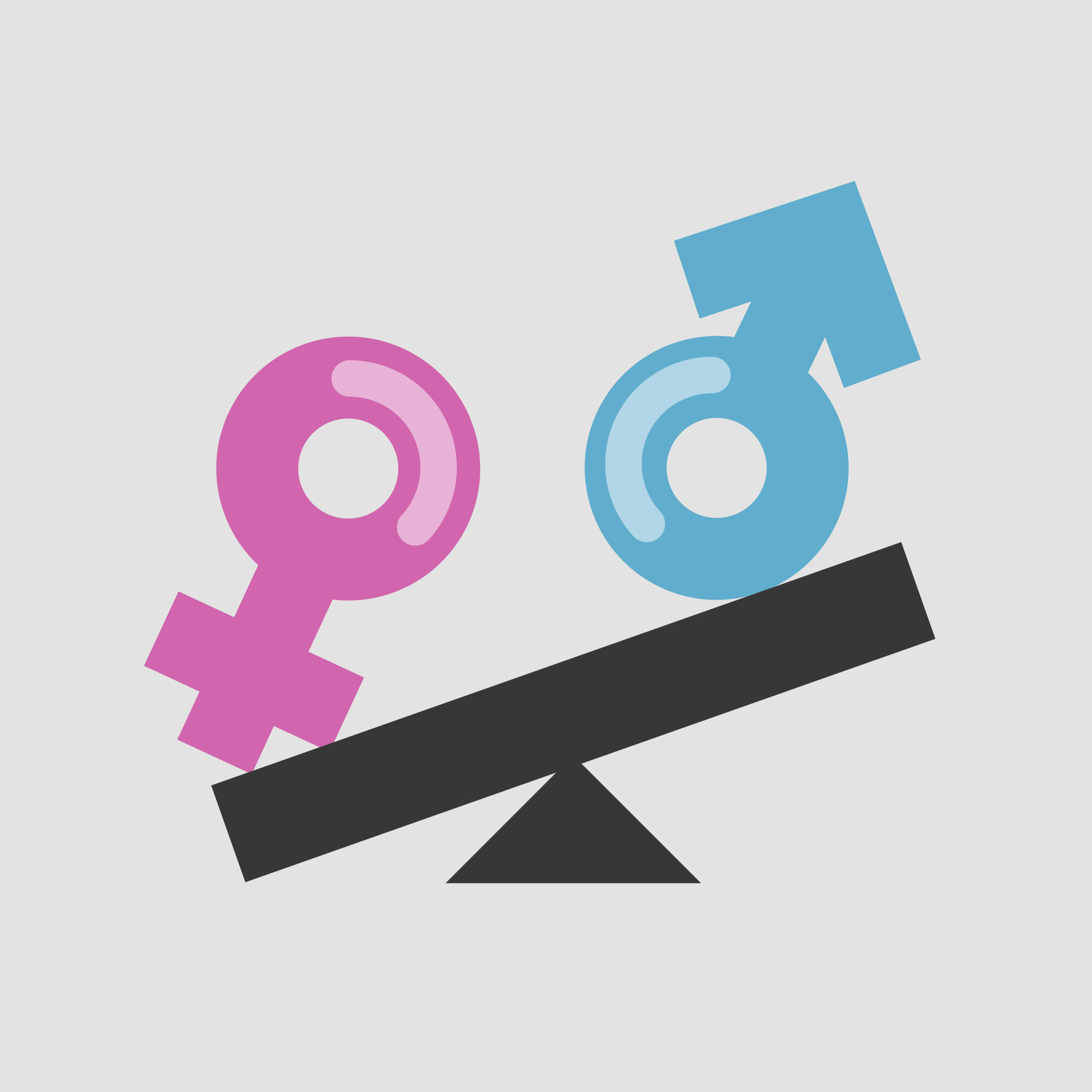Opinion sections in mainstream newspapers help to inform and shape a society’s opinions. They are also an important measure of gender equality. Although 46 per cent of the Australian workforce is female, opinion pages continue to be dominated by men. Women are seen but not heard.
Columnist Michael Short reminded us that the upper echelons of media companies continue to be dominated by men. To illustrate his point, last Sunday’s opinion pages contained three opinion pieces written by men and one by a woman. The gender divide is also evident in The Age’s regular columnists, of whom only 32 per cent are female.
Danielle Wood at the Grattan Institute recently collected data from the opinion sections of The Age, The Australian and Australian Financial Review. Her snapshot showed women wrote 39 per cent of articles in The Age, 25 per cent in The Australian and 12 per cent in the Australian Financial Review.
The low representation of women in the opinion pages is not only an Australian phenomenon. In 2012, an analysis of UK papers and associated websites found that women had written 26 per cent of the opinion pieces. Similar results were seen in a byline survey in the United States.
The UK and US studies found that women were practically absent in the debate of many hard news subjects. In the byline study, women’s opinions accounted for 16 per cent of commentaries on national security, 13 per cent on international politics, 14 per cent on social action and 11 per cent on the economy.
Most opinion pieces by women in mainstream newspapers continue to focus on family, food, furniture and fashion. Women were also more likely to discuss family violence and gender inequality than men. This is evident in The Age’s Daily Life.
While gender is not a determinant of an individual’s point of view – and a female voice is not in itself necessarily a feminist voice – opinion pages should reflect our wider society. The low visibility of women on the opinion pages sends the same signal as any male-dominated boardroom: that our views matter less.
When Canadian Prime Minister Justin Trudeau was asked why having a cabinet with an equal number of men and women was important to him, he replied: “Because it’s 2015.” Trudeau’s cabinet also includes two aboriginal members of parliament and three Sikh politicians, reflecting Canada’s diversity.
Eleanor Townsley, co-author of The Space of Opinion: Media Intellectuals and the Public Sphere, suggested the problem is “a straightforward question of access.” She argued that women take up less opinion space because male gatekeepers keep us out. With an increasing number of female opinion editors both in Australia and overseas, Eleanor’s explanation no longer rings true. Instead, Sue Horton’s hunch seems a more plausible explanation for why male experts dominate the opinion pages.
When Sue Horton was opinion editor of the Los Angeles Times, she noticed women were more likely to turn down requests for a solicited piece, often because they were too busy to do it well. Men, on the other hand, were more likely to accept the invitation without hesitation. Horton said submissions from women were more likely to be from writers who were experts on the issue. In contrast, she described a number of submissions from men as “dinner party op-eds”, pieces written because the author had an opinion on the subject, not because of any particular standing or expertise.
There should be equal representation of men and women writing on all subjects. Women have expertise on economics, education, health, the environment, public transport, immigration, terrorism and astrophysics. Surely it’s time opinion editors gave female experts space to speak.
One way to overcome the gender imbalance on the opinion pages is for opinion editors to adopt gender-based targets. To achieve gender parity on the opinion pages, some regular male columnists will need to step aside. Daniel Ziffer senior producer of ABC’s Mornings with Jon Faine, set a target of 50 per cent female guests to enable women to share airtime with men. Why? Because it’s 2016.
While opinion pages continue to privilege men’s voices over women’s, gendered social roles remain unchallenged. It is time for opinionated women to be valued rather than denigrated.
First published in The Sydney Morning Herald and The Age 9 February 2016
